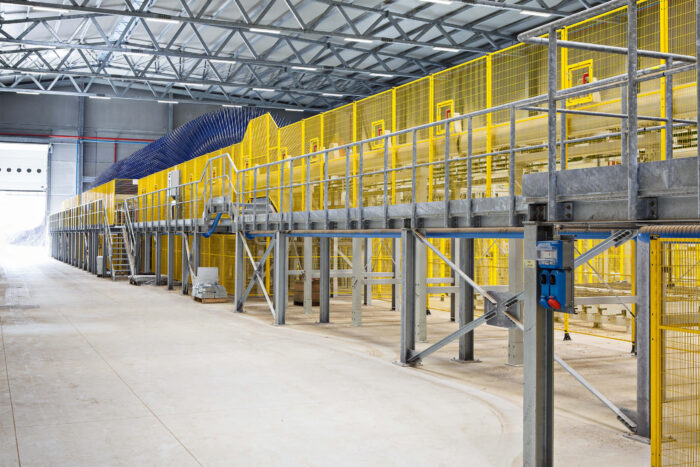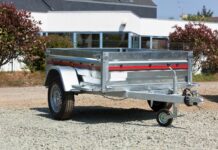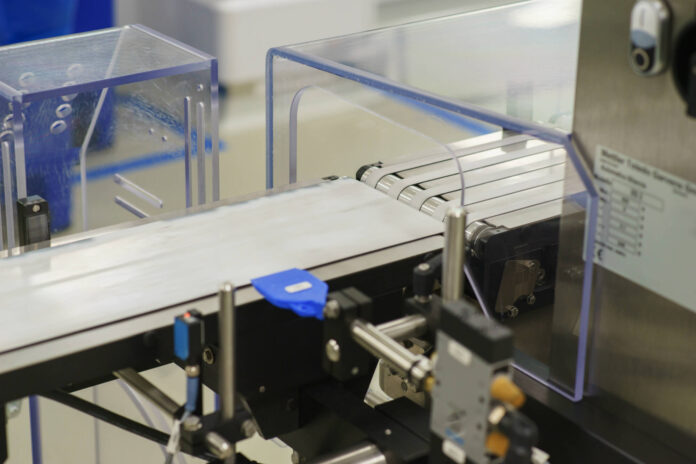
Factory workers in the early days of the Industrial Revolution were at great risk for injury as they constantly worked around dangerous machines. To help protect employees, factories began using machine guards, which are safety devices that cover or shield moving parts on machinery to prevent accidents and injuries.
Machine guarding can take many different forms, from simple barriers to more sophisticated systems that use sensors and other technologies to sense when someone is too close to a dangerous parts and automatically stop it from operating. Factory managers must work with safety experts to determine what type of machine guarding is needed for their specific workplace operations.
Why is machine guarding important?
It is an important safety measure to protect employees in a work area from hazards created during the machine’s normal operation. Guards are physical barriers or devices that surround or enclose moving parts of machinery, which can cause serious injury if contacted. They may be fixed or movable and can take many different forms depending on the type.
Additionally, there are specific regulations governing guard design and use depending on the country you are working within. “Health and Safety Code Requirement for Machine Guarding” prescribes how guards must be designed/used in order to ensure employee safety while minimizing production slowdown as much as possible.
What are the principles of machine guarding?
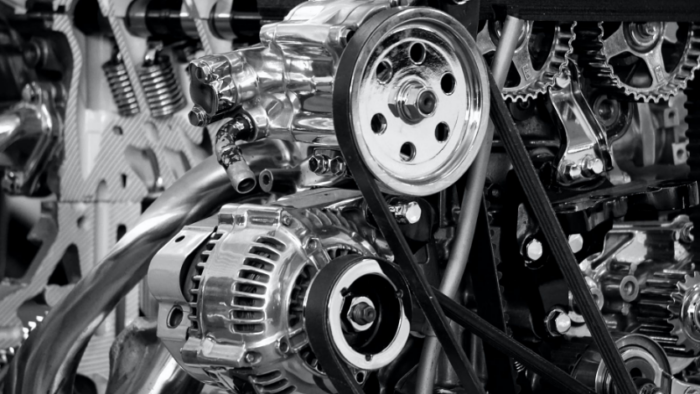
A key component in designing an effective safety program for factories and other industrial workplaces is specifying the measures necessary to protect workers from machines. While specific hazards vary by workplace, certain general principles apply to all types:
- Install guards on all hazardous parts of machinery.
- Make sure that guards are sturdy and cannot be easily removed or bypassed.
- Position guards so that they prevent access to pinch points, moving parts, and other areas where injuries commonly occur.
- Train workers on how to use the safeguards properly and safely work around guarded machinery.
How many main types of machine guards are there?
A machine guard is a device or structure that prevents a worker from coming into contact with moving parts of machinery. They are divided into four categories: Interlocked, fixed, self-adjusting, and adjustable.
Fixed ones are the simplest type of machine guard; they consist of stationary shields or barriers that prevent workers from reaching exposed pinch points or rotating blades. Fixed guards can be made from metal plates, Plexiglas sheets, wood boards, or other materials. They may also have fences or grilles to further protect workers’ hands and fingers.
Interlocked Machine Guards work in conjunction with safety switches on the machines themselves to create an automatic shut-off whenever someone tries to access dangerous areas. Interlocked guards usually take the form of either movable panels which must be opened before it can be started up or fences that surround hazardous areas and cannot be circumvented without shutting down power to the entire unit.
Adjustable guards like the ones that you can see at usamachineguards.com are designed to fit different sizes by means of screws, bolts, clamps, etc. The adjustment should only require hand tools so it could easily field repairs.
Self-adjusting machine guards protect workers from exposure to hazardous moving parts. Guards that are self-adjusting can move and adapt along with the movement of the machine’s parts, thereby always providing optimum protection for the operator. Depending upon their design, these guards may deflect objects away from operators or pinch points; covers or shields may also be used to contain flying debris.
When can you remove a machine guard?
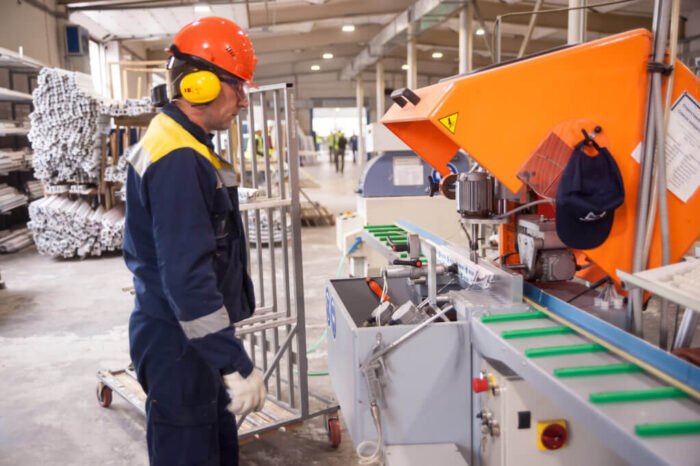
If it is obstructing the performance of normal production activities, it may be temporarily removed. If possible, the machine guard should be re-installed as soon as practicable to protect employees from potential hazards.
How often should machine guards be inspected?
A machine guard is a physical barrier used to protect employees from being injured by moving parts of machinery. Guards are typically made out of metal, plastic or other hard materials that can withstand impact and abrasion. They come in many different shapes and sizes, but all share the same purpose: protecting people from potential harm.
Machine guards should be inspected on a regular basis to ensure they are still providing adequate protection for employees. The frequency of inspection will depend on the type of the one involved, as well as the safety hazards posed by its components. In general, however, it is advisable to conduct an initial inspection soon after installing guards, followed by periodic inspections at least every few months (or more frequently if necessary). If any problems with the guards are identified during these inspections (e.g., damage due to wear and tear), they should be fixed immediately so that workers remain safe while using those.
What are the common reasons why machine guards are removed or disabled?
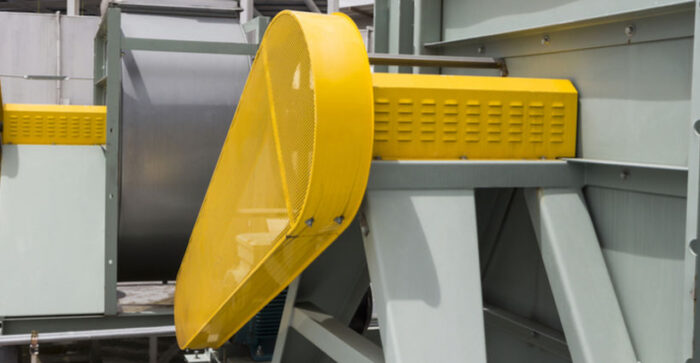
There are many reasons why machine guards may be removed or disabled, but some of the most common include:
To clear a jam; to adjust or clean the equipment; when the guard would get in the way; to perform maintenance on the machinery. In some cases, supervisors may order workers to remove guards for safety reasons during specific operations. However, doing so without proper precautions can put employees at risk of serious injury.
What are the 3 basic areas that need machine guarding?
Machine guarding is an important part of factory safety. There are three basic areas that need to be guarded: the point of operation, operating controls, and the power transmission device.
1. The point of operation is where the workpiece is being cut or shaped. This area needs to be shielded so that workers cannot accidentally come into contact with it.
2. The power transmission device transfers energy from one component of the machine to another. It can include gears, belts, chains, or pulleys. If these components were to become damaged, they could cause serious injuries.
3. Lastly, the operating controls allow operators to start and stop them safely. They should be protected from accidental activation by things like clothing or jewelry getting caught in them.

